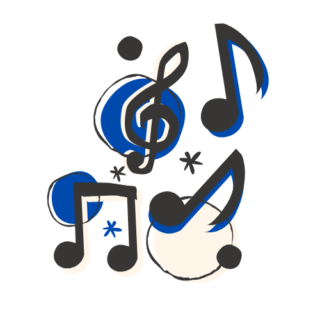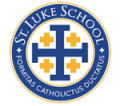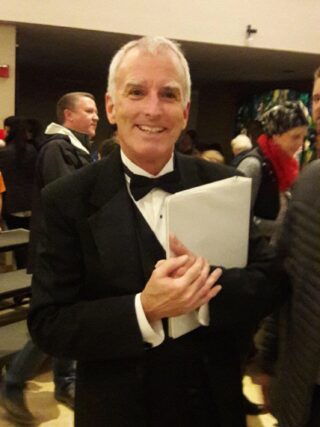This year will be an exciting year as we venture into VIRTUAL CHOIR performances and possibly performing in an international VIRTUAL CHOIR festival. Singers will learn how to access their individual choral part, rehearse with the recording and then record their part using recorded accompaniment. Singers will be introduced to the technology used to produce virtual choir performances. The skills learned during MYP Choir will greatly benefit those interested in taking on an acting role in the MYP play. The play involves all students in the MYP in a wide variety of roles such as: stage design; marketing; program design; set design; lighting design; sound editing; acting; stage management; recording; etc.
 I am looking forward to an exciting year bringing musical experience to all the MYP students and perhaps winning the coveted People’s Choice Award for Most Creative Choir at Figgy Pudding!
I am looking forward to an exciting year bringing musical experience to all the MYP students and perhaps winning the coveted People’s Choice Award for Most Creative Choir at Figgy Pudding!
Performances:
- Usually one Sunday Liturgy in the fall and another in January for Catholic Schools Week.
- Winter performance at Figgy Pudding and possible Christmas Ships
- 2-3 performances at Christmas time for various community events in both Shoreline and Seattle.
(the above performances are scheduled in the evenings or on weekends)
- St. Luke’s Christmas Program
- St. Luke Grandparent’s brunch
- Virtual Concert and participation in a Virtual International Music Festival – NEW
Communication:
Parents are informed of choir activities mostly through e-mail as well as the MYP Specialists Choir Web page. A group e-mail is setup in September. When applicable field trip forms, performance information sheets, etc. are usually sent home with the singer or e-mailed. All hard copies of forms sent home may also be picked up in the front office. Directions to access all recordings as well as how to record for the VIRTUAL CONCERT will be posted on the webpage.
Selection:
The choir is a non-auditioned choir. Placement of the voice is accomplished by singing and matching pitches, given from a piano, with at least one other singer but mostly within small groups.
What do singers learn?
- Vocal techniques to perform a varied choral literature repertoire
- breath support
- head/chest tones
- diction
- blend
- vowel singing
- changing and developing voice techniques
- direction
- projection
- Harmony & Melody
- Identification of melody in a choral text
- interval placement
- identification of A and B form
- maintaining part when singing in harmony
- Singing in Soprano, Alto, Tenor, and Bass/Baritone
- identification of choral part in an octavo
- interpretation of a musical score
- understanding of musical markings and vocabulary
- Listening, Learning and Performing a variety of repertoire
- secular
- sacred
- gospel
- jazz
- folk
- a-cappella and accompanied
- Blend
- Performance techniques
- putting energy into their voice and face
- visual as well as vocal interpretation of text
- focus
- adjustment to a variety of acoustical environments
- Using technology to learn part as well as record voice for both virtual and in-person choral singing
How Do Students Learn?
- Singing in both large ensemble and small groups
- Individual singing
- Rehearsals
- Performances
- Listening critical to choral recordings
- Watching and reflecting video recordings of other groups as well their own
- Practicing repertoire recorded for specific parts (soprano, alto, tenor, baritone/bass)
How Are Students Assessed?
- Self-reflection following IB rubric criteria
- Small ensemble performance critiqued by peers
- Possible virtual adjudicators from music festival
- Video of both rehearsal and performance
- students comment on strengths and areas of growth
- visual performance is strongly concentrated on

